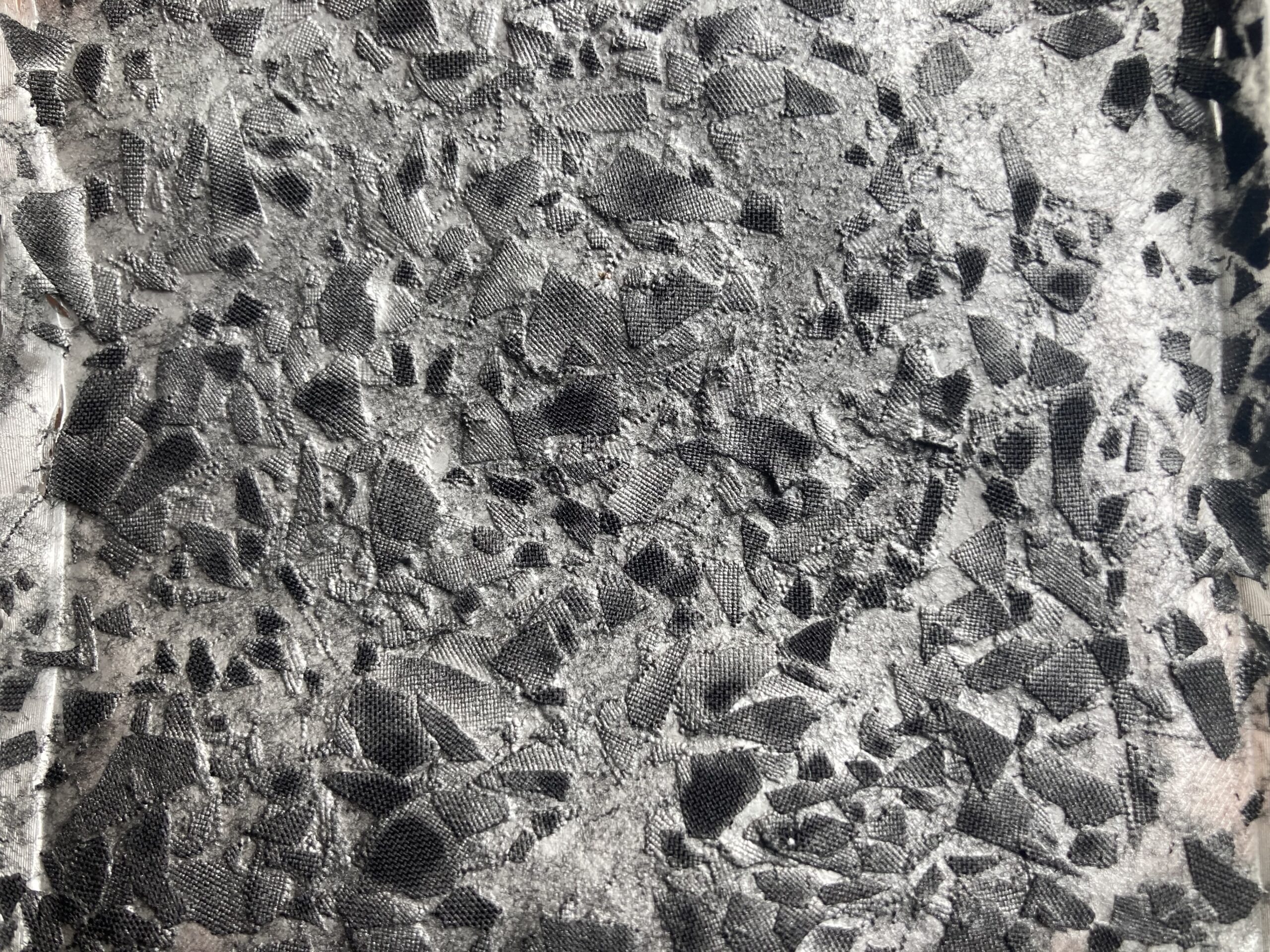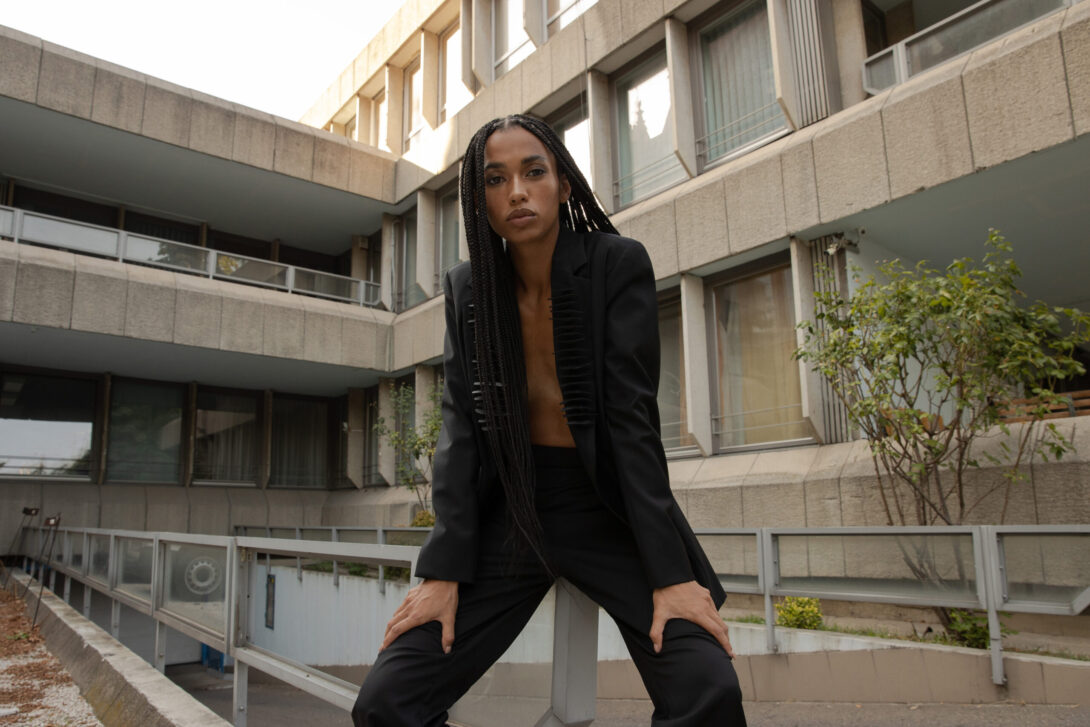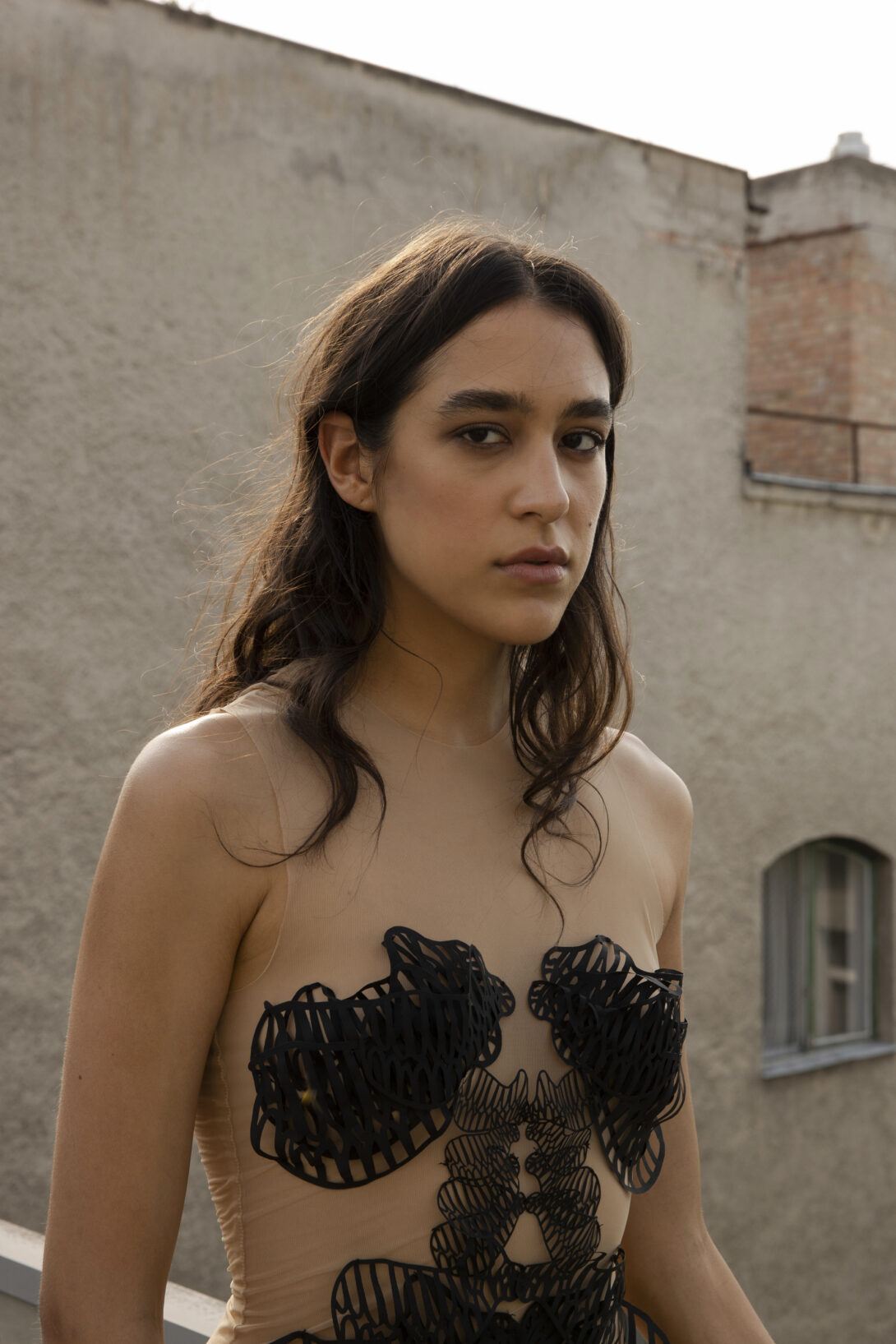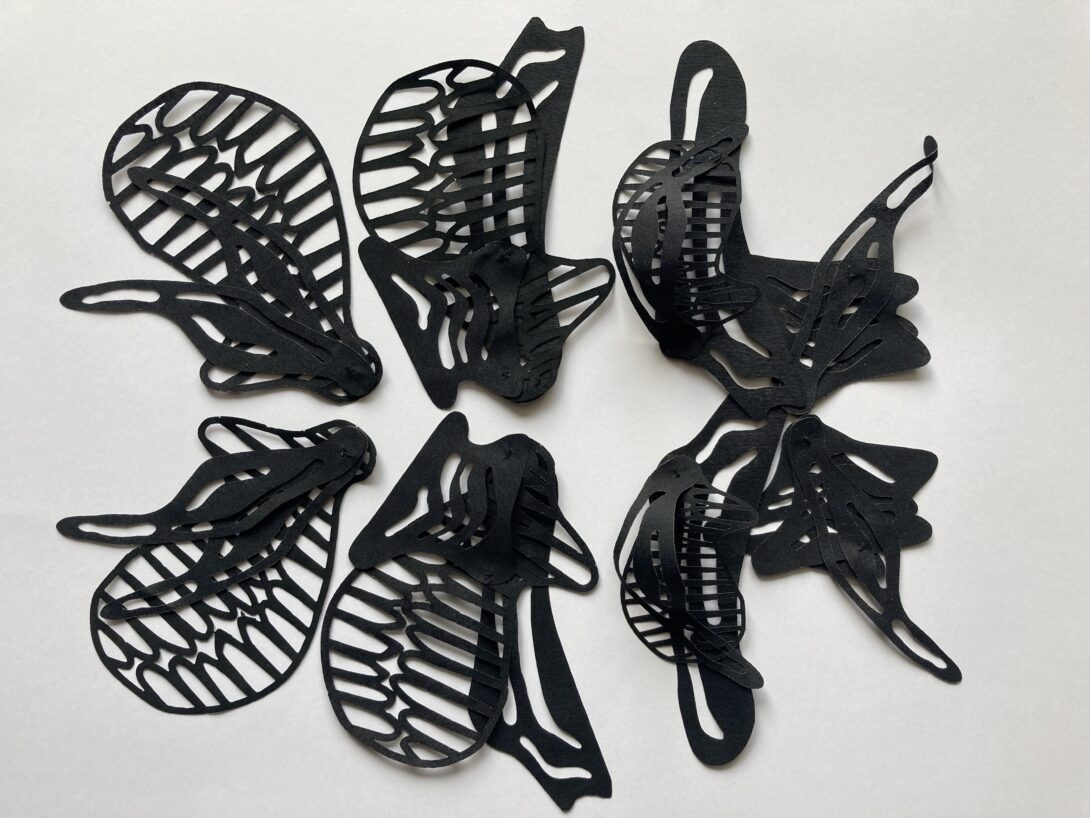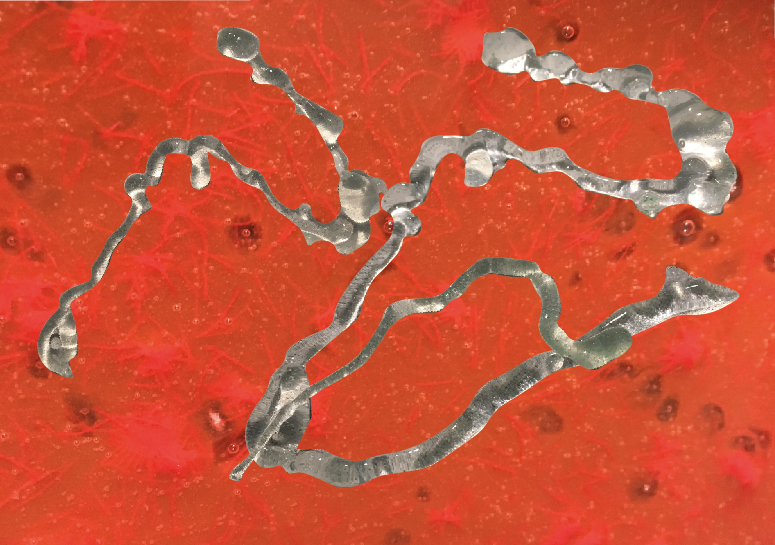Cindy Fodor impresses with her passion and versatility. Her career is multi-faceted: from diplomacy to fashion design, which she skillfully combines with innovative technologies such as 3D printing and laser cutting. In this interview, she tells us how she perfected her skills at Happylab and explored new horizons at the Distributed Design Residency 2022. Let’s explore the world of a maker who lives her passion and unleashes her creativity without limits.
What makes you a maker?
Cindy: I think everyone who works in the creative field and makes something is a maker. It came quite naturally to me too. Alongside my day-to-day work as a designer, at some point I started working with 3D printing and laser cutting. I just wanted to try out what you can do with it. And that, of course, is the “classic maker bubble”.
Please tell us a bit about your background.
Cindy: I studied political science, worked in diplomacy and then made a career change to fashion design. Although my interest in fashion has always been there. However, in Hungary, where I come from, it was very expensive to study fashion design. My parents thought I should do something else instead. So I dedicated myself to my other interests. You can achieve a lot in diplomacy, but there are always very clear boundaries. In fashion, you can be more yourself and I really appreciate that kind of freedom. I came to Vienna eight years ago to work for the UN. After some time, I decided to start my fashion training at Herbststrasse.
How long have you been working at Happylab and how has being a member influenced your maker journey?
Cindy: I had to do an internship as part of college and decided not to do it with a seamstress or fashion designer. That was somehow too traditional for me. And I also know that in such internships, unfortunately, you are often only allowed to do unskilled work, make coffee and run errands. I wanted more. I wanted to experiment and learn a lot. I wanted a challenge. And because I always wanted to try out 3D printing and integrate it into my first collection anyway, I applied for an internship at Happylab. I then learned the basics of 3D printing and laser cutting there. And I’ve been a member ever since. In the meantime, I’ve been able to build up a very good skillset in this area. Without Happylab and the incredible support from the team – especially Lukas – this would not have been possible.
You took part in the first Distributed Design Residency 2022 at Happylab. What was this experience like for you?
Cindy: I was able to try out a completely new field during the residency, which was great because I always want to learn something new. My aim was to experiment with biomaterials. For me as a designer, it was interesting that I could not only buy fabrics, but actually make them myself. Part of the Distributed Design Program is also that you can go abroad to exchange knowledge through a grant. I was in Milan and met up with a few professors there and attended their workshops. During the residency, I created over 200 biomaterial samples and made a cookbook.
What projects are you working on? What are you particularly interested in?
Cindy: As I said, I like to be open to new things. I currently have a few collaborations with artists that open up another area for me. For example, with a street artist – he’s going to create a design with me using 3D printing again. Basically, I really like this kind of collaboration because I can always learn something new.
How can modern technologies such as 3D printing be integrated into fashion design?
Cindy: What’s special for me is that I try to use these technologies to create a design that makes the garment resonate with the body. This makes it more alive and uses the space around the body. The process is that I print on fabrics. So there is a design that is printed. The print is started, then a fabric comes in between and it continues to print. So it is “printed into the fabric”. This creates a design that moves with the body. Laser cutting creates small appliqués. My combination of the individual parts then creates a three-dimensional shape again.
Is there a design/project that you are particularly proud of?
Cindy: Yes, a dress of mine called Desmidiea from my first collection Enigma. Mainly because it was a lot of work. It’s an evening dress with integrated 3D-printed parts. There are more than 400 pieces, all of which I had to position individually. These 3D shapes were printed on tulle fabrics and inserted in curvy line shapes between the fabric parts. The dress looks very lively due to the movement when worn. The printing alone took about 1.5 weeks. I spent a lot of time in the Happylab. I then presented it for the first time at Vienna Fashion Week.
Which devices in the Happylab do you mainly use?
Cindy: I use the 3D printers and laser cutters a lot. I could also use the sewing machine, but of course I have one at home. I’ve been meaning to try out the metal laser cutter for a while now. But unfortunately I haven’t gotten around to it yet.
You also offer workshops. What are they about?
Cindy: I hold biomaterials workshops. After the Distributed Design Residnecy, I developed a course format because I really wanted to pass on my knowledge. It’s not just about experimenting with the materials, but also about showing people that it doesn’t always have to be store-bought fabric. It is possible for everyone to make their own materials. So it’s also about questioning and raising awareness about the manufacturing process. In the workshops, I tell the participants how it works to make their own materials and we also experiment and usually create 2 to 3 samples that they can take home with them. In April, I also held two workshops at Fashion Revolution Week.
How do you plan your projects?
Cindy: Planning is always a bit difficult for me. The presentation of my next collection will be in January 2025. Of course, I have to plan ahead for that. But I also often take advantage of opportunities that arise spontaneously. That’s great, but also challenging at the same time. It’s not always easy to find structure.
Do you have any tips for budding designers and makers?
Cindy: Stay curious and always try out everything that’s new! And don’t be afraid to stand up for your rights. In the design world in particular, it’s often the case that internships are unpaid. That’s simply not right. I will definitely not do that with my interns.
What are your plans for the future?
Cindy: My first solo exhibition will be in June. I’m creating designs from organic materials that are fragrant. I’m collaborating with a perfume label from Vienna for this. And after that, I’ll devote myself entirely to my next collection. But who knows what will come up in between. I’m always open to new things.
Thank you very much for the interesting interview and all the best for your future projects!
INFO:
